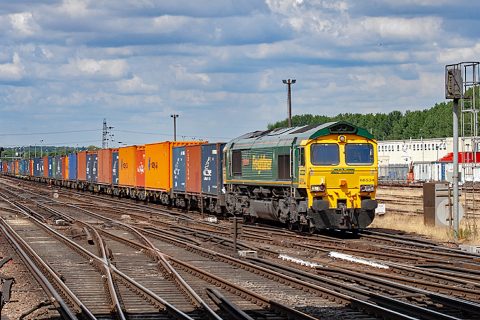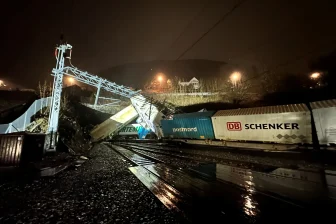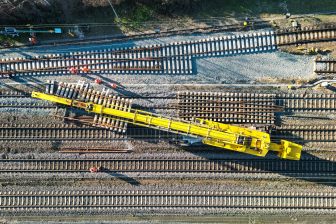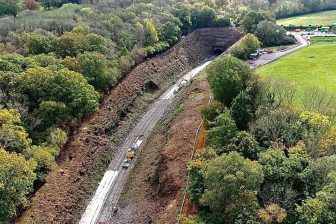
Will continued pandemic-related rail support help in reaching 2030 goals?
No wires and maybe no emissions either. Class example 66534 with an intermodal train approaching Eastleigh (WikiCommons /Murgatroyd49) source: Wiki Commons
Pandemic-related support schemes for the railway sector via adjusted track access charges could be a longer-term measure to support the modal shift to rail. This was discussed at last week’s Track Access Charges Summit held this week in Rotterdam.
Want to read more?
You have read all of your free premium articles for this month. Please become a subscriber to keep reading.
Subscribe now!
Take advantage of our exclusive offer to get full access to all premium content.




